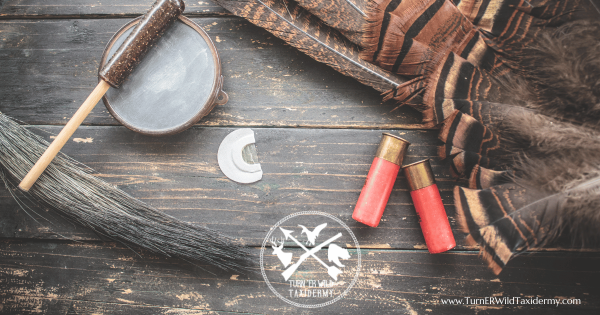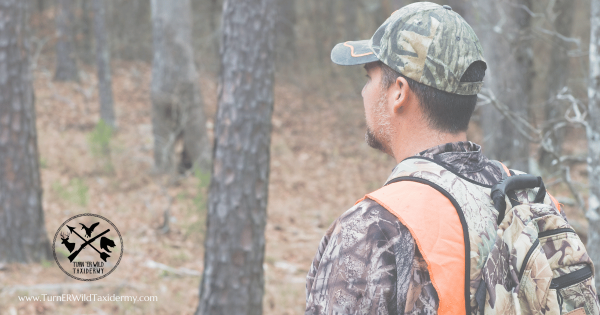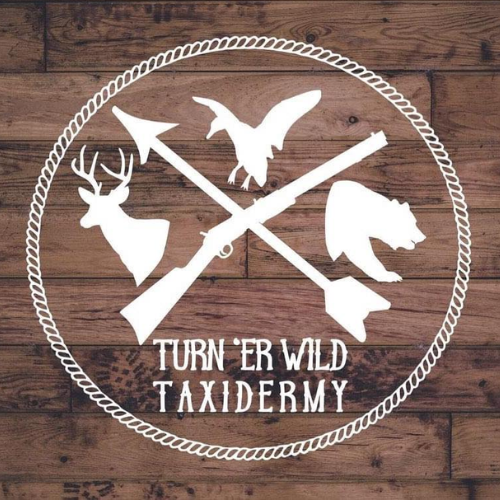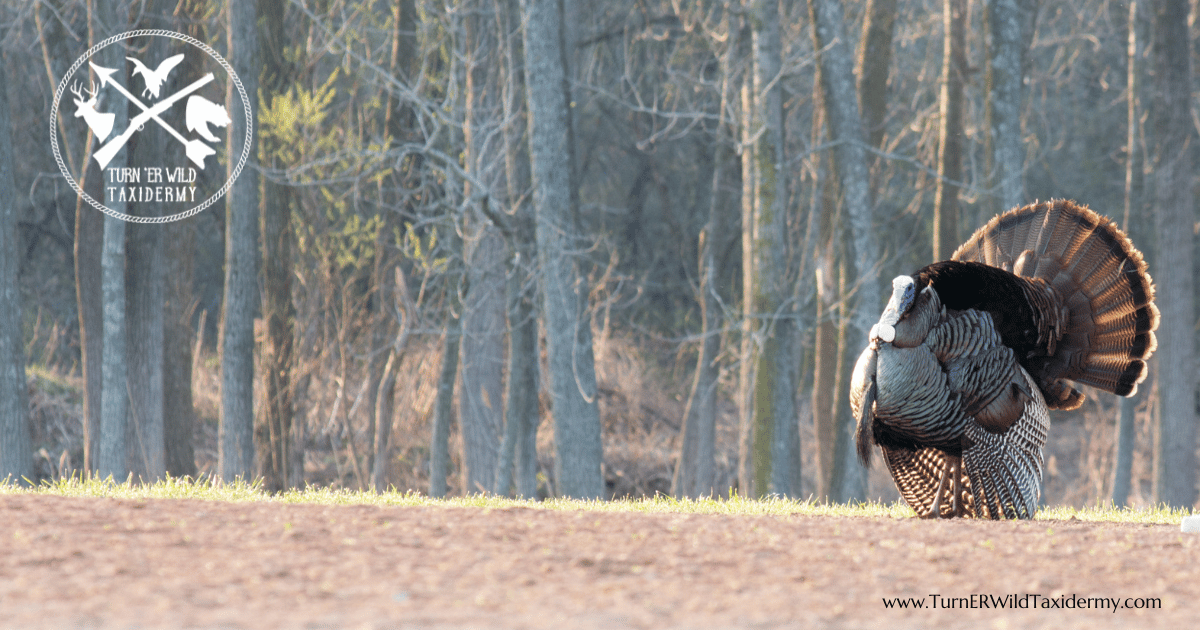Spring turkey season in Eastern Pennsylvania is just around the corner, and if you’re anything like us, you’re already dreaming of that first gobble at dawn.
There’s nothing quite like the thrill of calling in a big tom, feeling your heart pound as he struts into view.
But before you hit the woods, it’s important to make sure that you’re fully prepared.
Seasoned turkey hunter?
Heading out for your first spring season?
These tips will help you make the most of your hunt.
Scouting: Know Where the Birds Are
One of the most important parts of a successful spring turkey hunting trip is knowing where the birds are roosting and feeding.
Gobblers don’t just appear out of nowhere!
You’ve got to put in the work before opening day.
Start Early
The earlier you start scouting, the better.
A few weeks before the season, take some time to get out in the woods at sunrise and listen for gobbling.
Pay attention to where turkeys fly down, where they strut, and where they head to feed.
This will help you pinpoint high-traffic areas.
Use Trail Cameras
If you don’t have time to scout in person every morning, trail cameras can do some of the work for you.
Set them up near known roosting areas, feeding zones, or along travel routes.
Reviewing your camera footage will give you a good idea of turkey activity and movement patterns.
Look for Fresh Turkey Signs
Tracks, scratch marks in the leaves, droppings, and dusting areas are all hints of turkey activity.
Finding fresh sign tells you that birds are in the area and active.
Gear Prep: Don’t Leave Home Without It

Nothing ruins a hunt faster than realizing you forgot something important.
Here’s a quick gear checklist to ensure you’re ready to go.
Hunting License & Tags
Before anything else, make sure you have your Pennsylvania spring turkey hunting license and the proper tags.
Nothing’s worse than spotting a big tom and realizing you’re not legal to take the shot.
Shotgun & Ammo
Your shotgun should be patterned and ready to go before the season starts.
A 12- or 20-gauge with a turkey choke is a great choice.
Use high-quality turkey loads, preferably #5 or #6 shot, to maximize your range and stopping power.
Camouflage & Boots
Turkeys have incredible eyesight, so full camouflage is a must.
That includes gloves, a face mask, and even camo for your shotgun.
Also, wear comfortable, waterproof boots since spring mornings can be wet and muddy.
Turkey Calls
A good turkey hunter knows that calling is an art. Be sure to pack a few different calls:
- Box Call: Great for locating gobblers from a distance.
- Slate (Pot) Call: Perfect for realistic, soft clucks and purrs.
- Mouth Call: Hands-free calling for when a turkey is closing the distance.
Spend time practicing before opening day so you can sound as natural as possible.
Calling Techniques: Get That Gobbler’s Attention
Knowing when and how to call is important in spring turkey hunting.
Too much calling can make a gobbler suspicious, while too little may not get his attention at all.
Start Soft
If you’re set up near a roosted gobbler, start with soft tree yelps to mimic a hen waking up.
As the morning goes on, you can get louder and more aggressive.
Use Cutting to Fire Up a Tom
If a gobbler is hesitant or unresponsive, a series of excited cuts (sharp, loud clucks) can sometimes trigger him into action.
Purr and Cluck to Close the Deal
Once a tom is within 100 yards, tone it down.
Soft clucks and purrs reassure him that a hen is nearby and waiting.
Overcalling at this stage can make him hang up just out of range.
Turkey Hunting Strategies: Increase Your Success Rate

Having a strategy is key to bagging a tom. Here are some tips to up your chances of success:
Pick the Right Turkey Hunting Setup
Turkeys don’t always come straight in, so choose a spot with good visibility but enough cover to stay hidden.
Setting up near a field edge or a known strut zone can increase your chances.
Be Patient
If a gobbler goes silent, don’t assume he’s gone.
Sometimes, they circle wide or approach quietly.
Stay put and resist the urge to move too soon.
Use a Decoy Setup
A single hen decoy can be effective, but if you want to bring in a dominant tom, try using a jake decoy alongside a hen.
The sight of a young male near a hen can push a big gobbler into action.
Adjust to Pressure
If an area has heavy hunting pressure, consider moving deeper into the woods where fewer hunters go.
Gobblers in pressured areas often become call-shy, so use soft, realistic calling instead of loud, aggressive sequences.
After the Shot: What’s Next?
Congratulations! You bagged a gobbler.
Now it’s time to handle it properly to ensure you get the most out of your harvest.
Field Dressing
Once you’ve taken your shot, field dress the turkey as soon as possible to preserve the meat.
Preserve your Turkey Hunting Trophy
Spring turkey hunting isn’t just about the meat.
Many hunters want to save the fan, beard, and spurs as trophies.
That’s where a taxidermist, like Turn’ER Wild Taxidermy, comes in!
Want a full-body mount?
A fan display?
We’ve got you covered!
Spring turkey hunting in Eastern Pennsylvania is more than just a sport.
It’s an experience that brings excitement, challenge, and unforgettable moments in the great outdoors.
With the right preparation, strategy, and patience, you can make this season your best yet.
Every hunt is a chance to sharpen your skills and connect with nature.
So, get out there, stay sharp, and enjoy every moment of the chase.
And as always… Stay Wild.
If you want to remember your successful spring turkey hunting season forever, let Turn’ER Wild Taxidermy help you preserve your trophy. We specialize in high-quality taxidermy, making sure that every detail is captured with precision and care.

